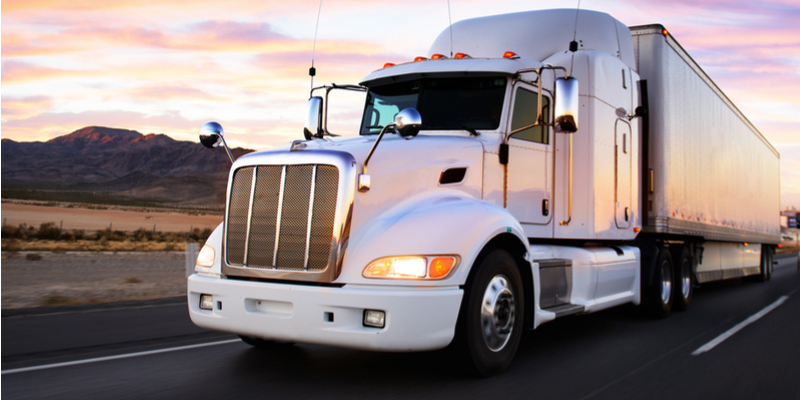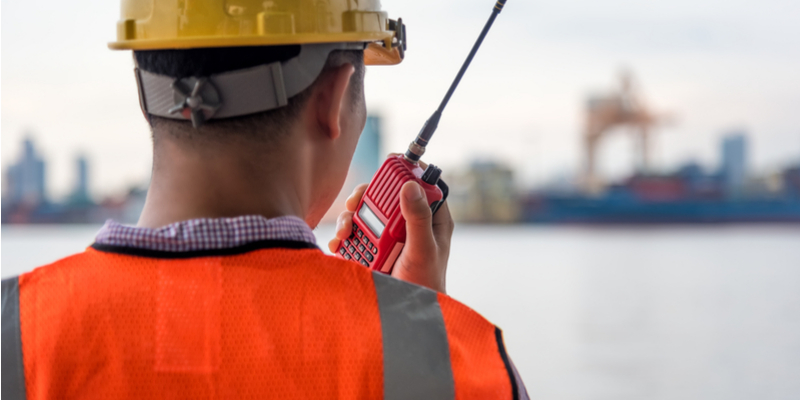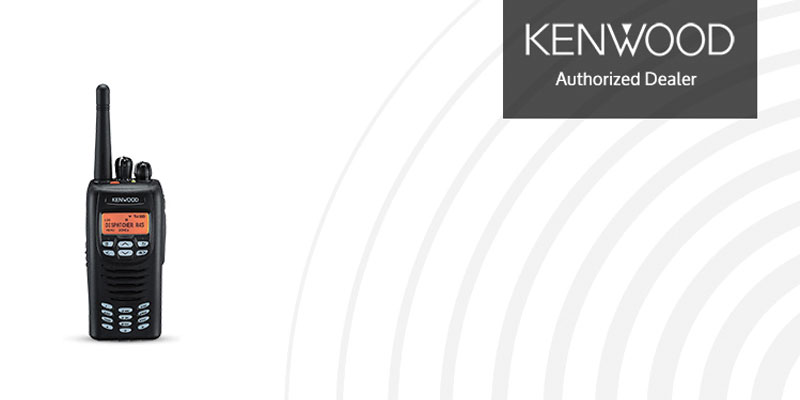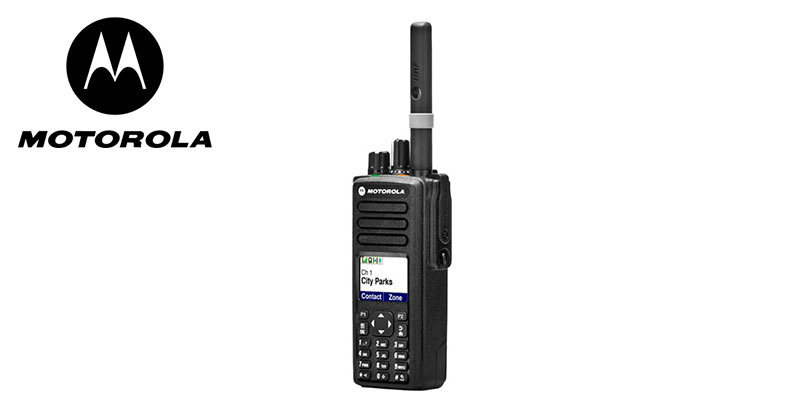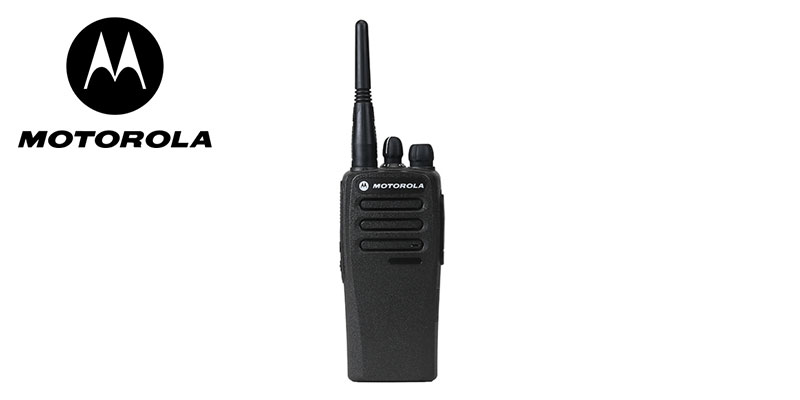If you want greater oversight than ever before, simply hook up wireless security cameras to your fleet of vehicles, or any location you manage. We offer iDrive Fleet Surveillance Cameras for vehicles, helping you better manage your fleet. Additionally, we are a proud distributor of the popular MOBOTIX IP Network Cameras, which can be used just about anywhere. Both wireless security cameras offer a valuable investment that can help you cut costs and better protect what matters.
What are iDrive Fleet Surveillance Cameras?
Do you operate a fleet of vehicles? Employing iDrive Fleet Surveillance Cameras can give you a leg up, offering greater safety and security. iDrive cameras are commonly added to a wide variety of vehicles including taxi cabs, semi-trucks, and so forth. Each camera has built in GPS, smart incident detection, and video storage. That means you can access important footage as needed.
Benefits of iDrive Fleet Surveillance Cameras
- Reduced Insurance Premiums
Installing fleet cameras often leads to a reduction in claims, which leads to reduced insurance premiums.
- Protects Drivers
The camera backs the word of drivers in the instance they are wrongly convicted of causing an accident. This is one of many ways cameras help to better protect drivers.
- Pinpoint & Stop Bad Driving Habits
Managers with this level oversight of drivers can stop reckless driving or unsuitable tactics right away. That way, something bad doesn’t have to happen before you find out about it.
- Records & Stores Important Events
The iDrive camera is trained to detect emergency situations. It records, and can be viewed live, 24-hours a day. But, it only keeps the 15 seconds before and 15 seconds after an accident occurs. As a result, you can access important clips as needed without wasting hard drive space.
- Easy to Access Footage
Videos can be saved and stored in one easy to locate area. It’s just as easy to extract files and move them elsewhere, as needed.
- Wi-Fi Capabilities
Thanks to Wi-Fi, you can automatically upload data to a central database where footage can be viewed on the spot.
What About MOBOTIX IP Network Cameras?
Since 2000, MOBOTIX has been offering leading security cameras with low bandwidth. Used everywhere from residential homes to large businesses, these cameras offer peace of mind, as well as greater security and oversight. These smart and autonomous IP cameras offer alarm messaging, auto event detection, video analysis, remote functions, and direct NAS ring buffer storage.
There are a variety of options and price points to choose from, including a 6-megapixel indoor camera that can be mounted to the wall or ceiling. Need to add a camera to a parking lot or other area exposed to harsh weather on a regular basis? MOBOTIX makes cameras that can stand just about anything the weather throws its way—working in temperatures that range from -22 degrees to 140 degrees F.
There’s a reason so many schools, prisons, airports, stadiums, and other busy locations employ MOBOTIX Network cameras. In fact, there are several reasons.
The Benefits of MOBOTIX Cameras
- Weatherproof with IP66 rating—one of the industry’s highest standards of quality.
- Easy to use + full user control
- Optimized for cloud-based technology and remote application—the camera can reduce video size and bandwidth by scaling size and frame rate thanks to the virtual PTZ functionality.
- Cameras store high-resolution video internally, and can deliver on demand low-bandwidth live images, as well as low-bandwidth playback—all from your phone!
- Watch multiple vantage points at one time.
- Works in low-light areas thanks to thermal camera technology. It can spot and auto alert you to objects moving in complete darkness.
- Cameras are made to resist vandalism and damage—in proof, they are often used in prisons.
Contact us today to learn more about wireless security cameras and all they can do for your business.

